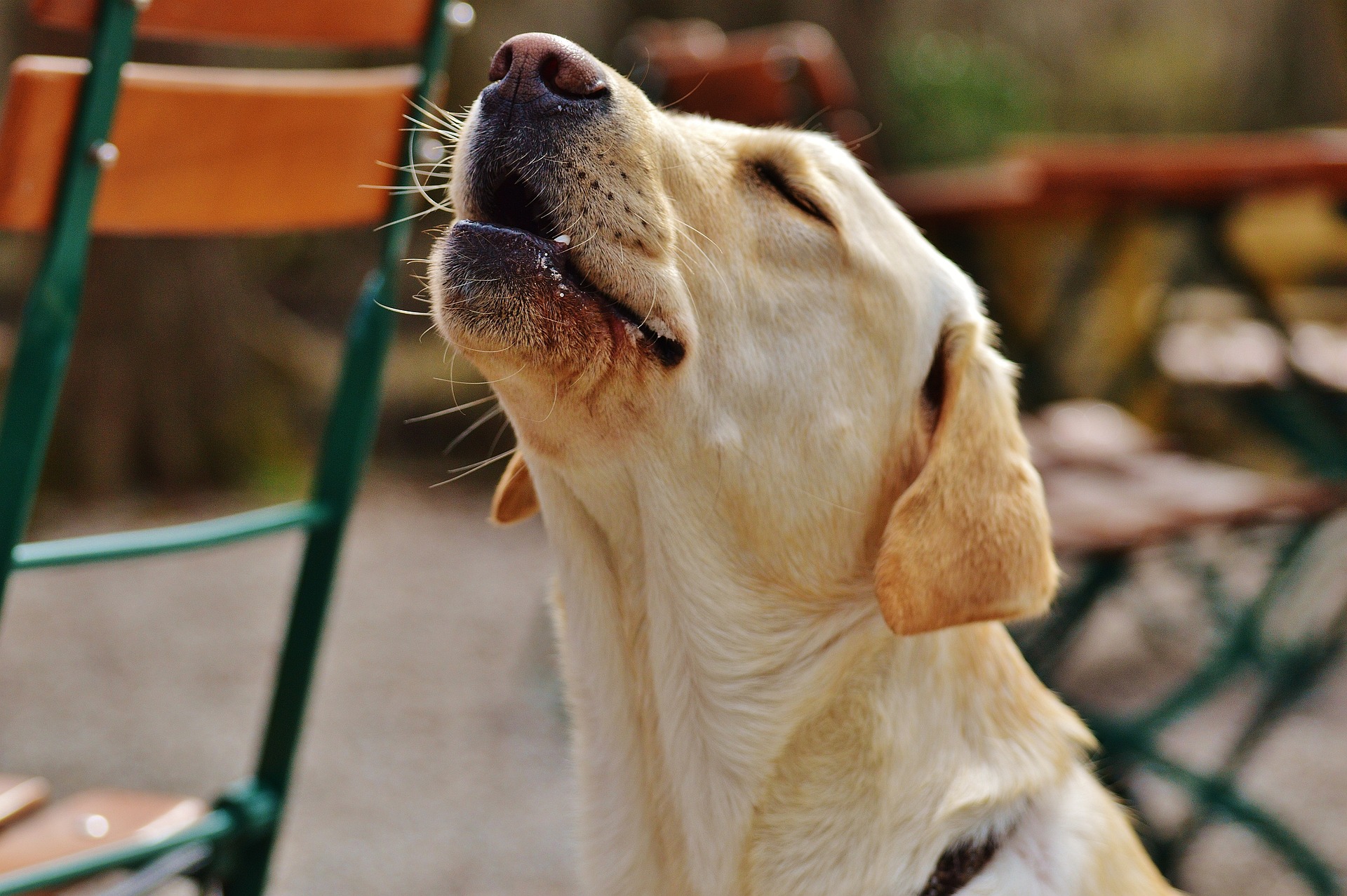Have you ever walked out the door only to hear those heart-wrenching whines from your furry friend? If those sad puppy eyes and distressed barks sound all too familiar, you might be dealing with separation anxiety. It’s a challenge many dog owners face, but don’t fret; understanding this common issue is the first step to helping your pup feel secure and content, even when you’re away. Let’s explore what’s behind those anxious behaviors and how you can make alone-time less scary for your pup.
Understanding Why Separation Causes Anxiety in Dogs
Separation anxiety in dogs is more than just a dislike for being alone; it’s a genuine distress that can manifest in various ways. Some dogs might pace nervously, while others may resort to destructive chewing or non-stop barking. Recognizing these signs is essential, but what’s behind them?
There isn’t one singular trigger for separation anxiety. Different dogs may react differently to each type of stress. For some, it might be a sudden change in routine, like an owner who returns to the office after working from home. For others, it could be a more deep-rooted issue, such as past trauma or a specific breed’s predisposition.
The symptoms can vary too. From incessant howling to tearing up the furniture, the signs of separation anxiety can be both loud and silent. Some dogs might even refuse to eat or drink when left alone. It’s not just an inconvenience – it’s a cry for help and a genuine concern that dog owners should address as soon as possible.
Understanding separation anxiety in dogs is like piecing together a puzzle. It requires empathy, observation, and a willingness to see the world from your pup’s perspective.
7 Strategies to Address Separation Anxiety
Dealing with a pup that panics when you’re away can be tricky, but there are ways to ease their anxiety. Here’s a guide to help you and your furry friend find calm:
- Create a Comfortable Routine: Dogs thrive on consistency. Establishing a predictable daily routine can make your departures and arrivals less stressful. Simple cues like putting on your shoes or grabbing the keys can become positive signals rather than triggers for anxiety.
- Offer Engaging Distractions: Leave your dog with familiar toys they love playing with. Puzzle toys or favorite chews can turn alone time into a fun experience.
- Gradual Departures: Start by leaving for short periods and gradually increase the time away. This slow approach helps your dog build confidence and trust that you’ll return.
- Keep Goodbyes and Hellos Low-Key: Dramatic departures and emotional reunions might reinforce anxiety. Keep it calm and casual to minimize stress.
- Consider Professional Help if Needed: If the anxiety persists or escalates, don’t hesitate to consult a professional dog trainer or veterinarian. Sometimes, a tailored approach or even medication might be necessary.
- Avoid Punishment: Remember, your dog isn’t acting out; they’re expressing distress. Punishing them for behaviors related to anxiety can make the situation worse.
- Foster Independence: Encourage your dog to enjoy time alone even when you’re home. A designated relaxation spot can help them feel secure and content on their own.
Starting early with training and intervention can make a world of difference in managing separation anxiety. It’s about building trust, understanding, and a positive relationship that helps your pup feel secure. Early efforts lay the foundation for a happier, well-adjusted dog.
If you are looking for a Sarasota or Bradenton dog training school, call Gulf Coast K9 Dog Training today for more information.





